11 Biggest Barriers to Women’s Equality by 2030
With only seven years left to meet the goals of the 2030 Agenda for Sustainable Development, women and girls around the world still face significant challenges. A report by UN Women and the United Nations Department of Economic and Social Affairs reveals the 11 major obstacles that remain on the path to global gender equality.
1. Lack of Women in Leadership
Only a small percentage of leadership roles are filled by women. In government, just 27% of parliamentary seats and 36% of local government seats are held by women. In business, women hold only 28% of management positions. Without women in leadership, decisions often fail to address the needs of all members of society.
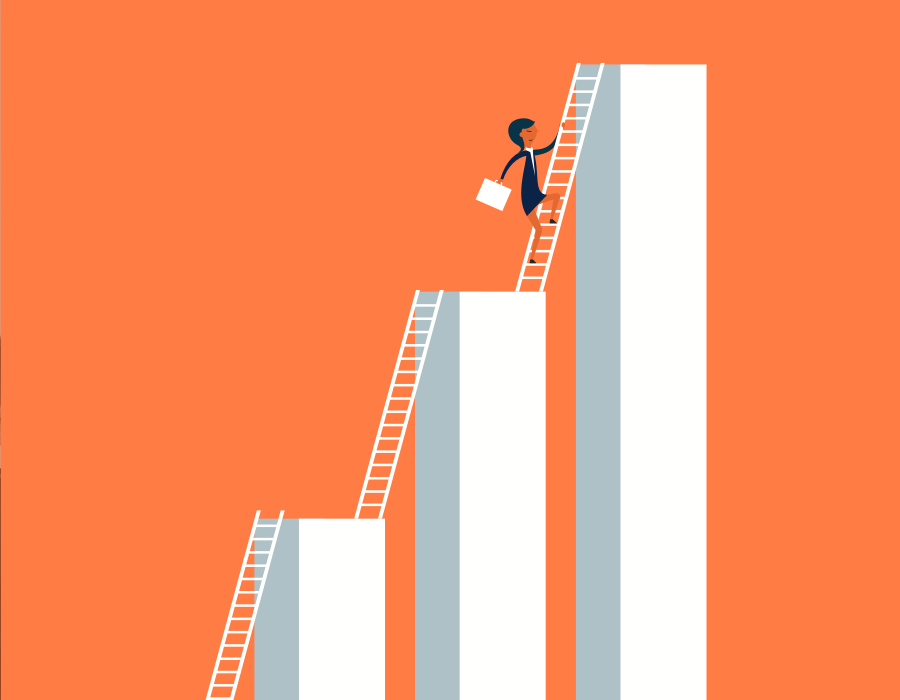
2. Poverty and Limited Economic Opportunities for Women
By 2030, over 340 million women and girls are expected to be living in extreme poverty. This is about 8% of the world’s female population surviving on less than $2.15 per day. Women urgently need better access to social protections, good jobs, and financial opportunities to lift themselves out of poverty.
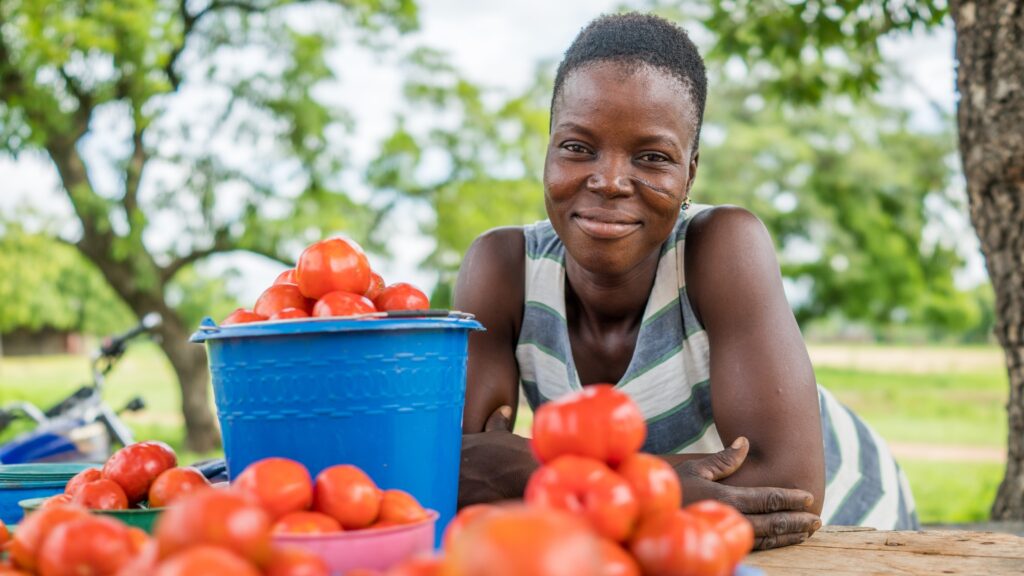
3. Workplace Inequality and Discrimination Against Women
The gender gap in the workforce is still large. Only 61% of working-age women participate in the labor force, compared to 91% of men. This gap hurts economic growth and slows social progress. Women also earn significantly less than men; for every dollar men make, women earn just 51 cents.
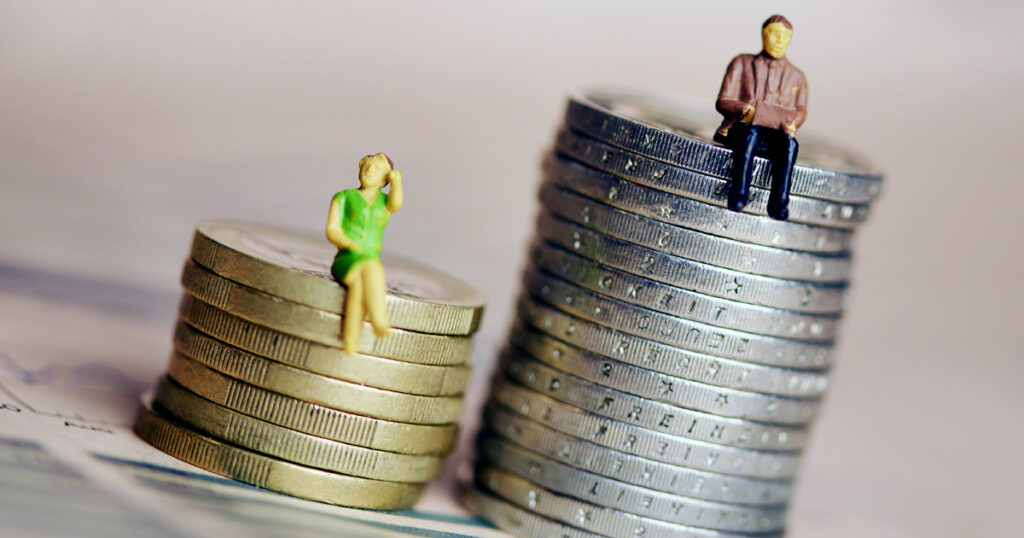
4. Women Carrying the Burden of Unpaid Care Work
Women still spend far more time than men on unpaid care tasks like cleaning, cooking, and childcare. By 2050, women worldwide will still spend an average of 2.3 more hours each day on unpaid care work than men, limiting their ability to pursue education or paid employment.
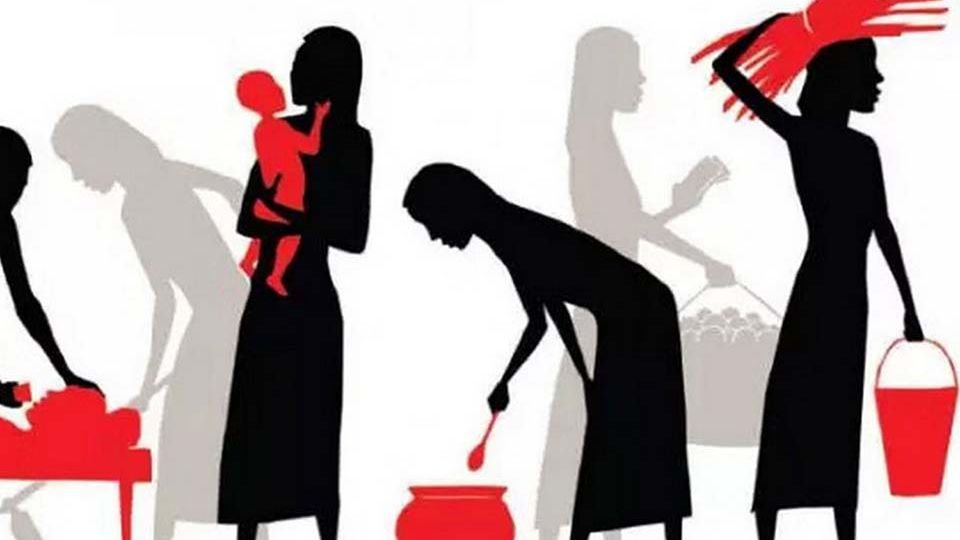
5. Harmful Social Norms and Cultural Practices Against Women
Social and cultural practices, such as child marriage and female genital mutilation, remain serious challenges for gender equality. One in five women is married before the age of 18, showing the need for better laws and education to protect girls’ rights.
6. Limited Access to Education and Health Care for Women and Girls
An estimated 110 million girls and young women may be out of school by 2030. Alongside this, progress in reducing maternal deaths has stalled. Targeted programs are needed to ensure access to both education and health care for all women.
7. Food Insecurity for Women and Girls
By 2030, nearly 24% of women and girls are expected to face moderate to severe food insecurity. Women need more access to resources like land and tools to ensure food security and help them contribute to economic growth.
8. Violence Against Women and Girls
Each year, 245 million women and girls experience physical or sexual violence, often from someone they know. Older women face higher risks of both violence and poverty compared to older men. Preventing violence and supporting survivors must be prioritized.
9. Insufficient Funding for Gender Equality Initiatives
Only 4% of international aid is focused on gender equality and women’s empowerment. To achieve global gender equality by 2030, an additional $360 billion per year is needed.
10. Legal Barriers and Weak Enforcement of Laws Protecting Women’s Rights
In some countries, there are no laws giving women equal rights in marriage or divorce. Discrimination against women remains legal in 67 countries. Even where laws exist, they are often not properly enforced, making it difficult for women to exercise their rights.
11. Lack of Access to Clean Energy and Sanitation for Women
By 2030, an estimated 341 million women and girls will still lack access to electricity. Ensuring universal access to clean energy would significantly reduce poverty and improve women’s health.
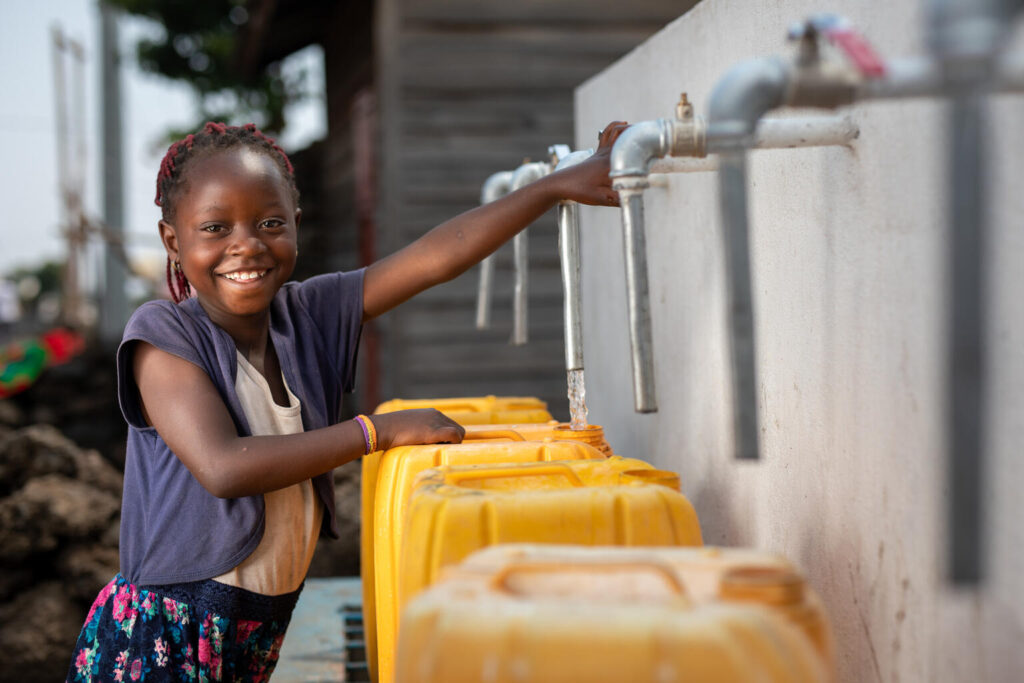
The Need for Urgent Action
With the 2030 deadline approaching fast, it’s more important than ever to address these obstacles. Every step forward brings the world closer to achieving true gender equality, ensuring a fairer future for all.



